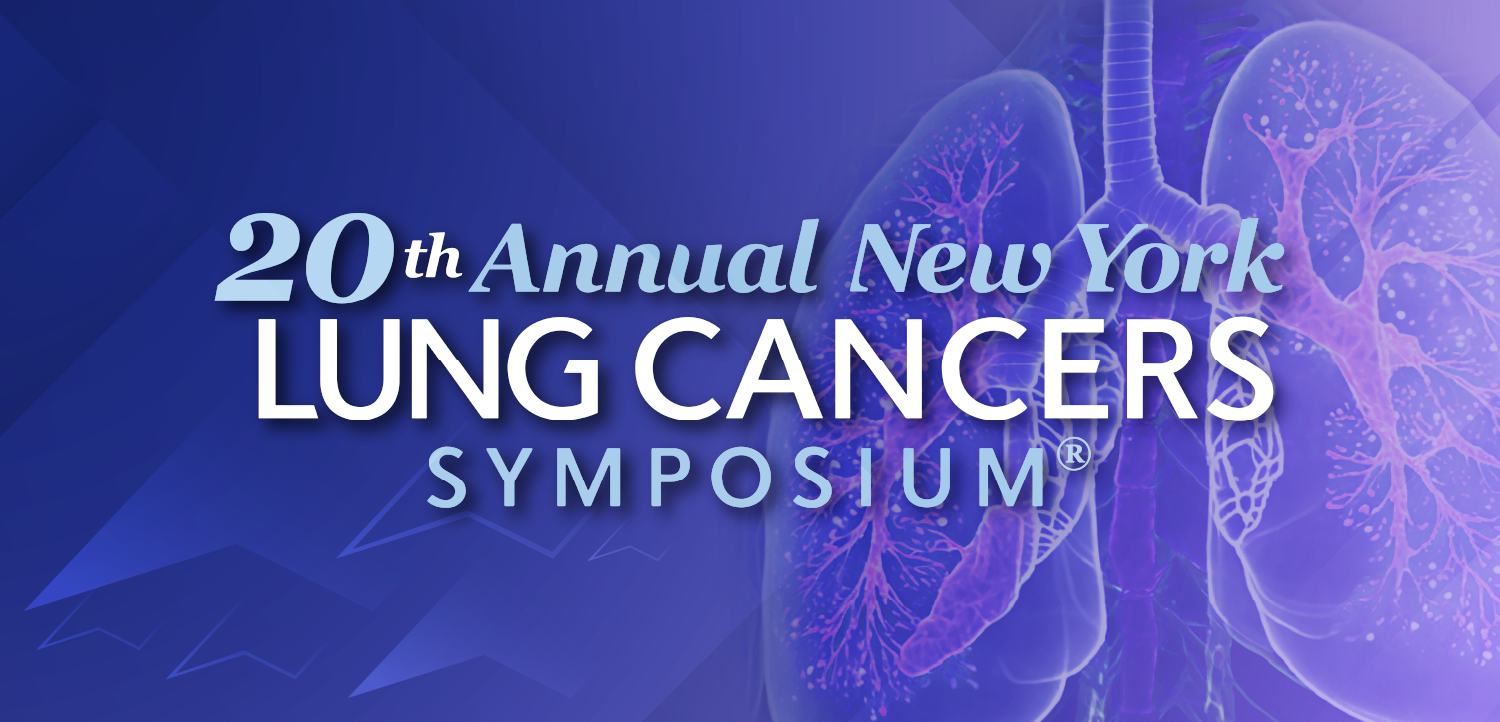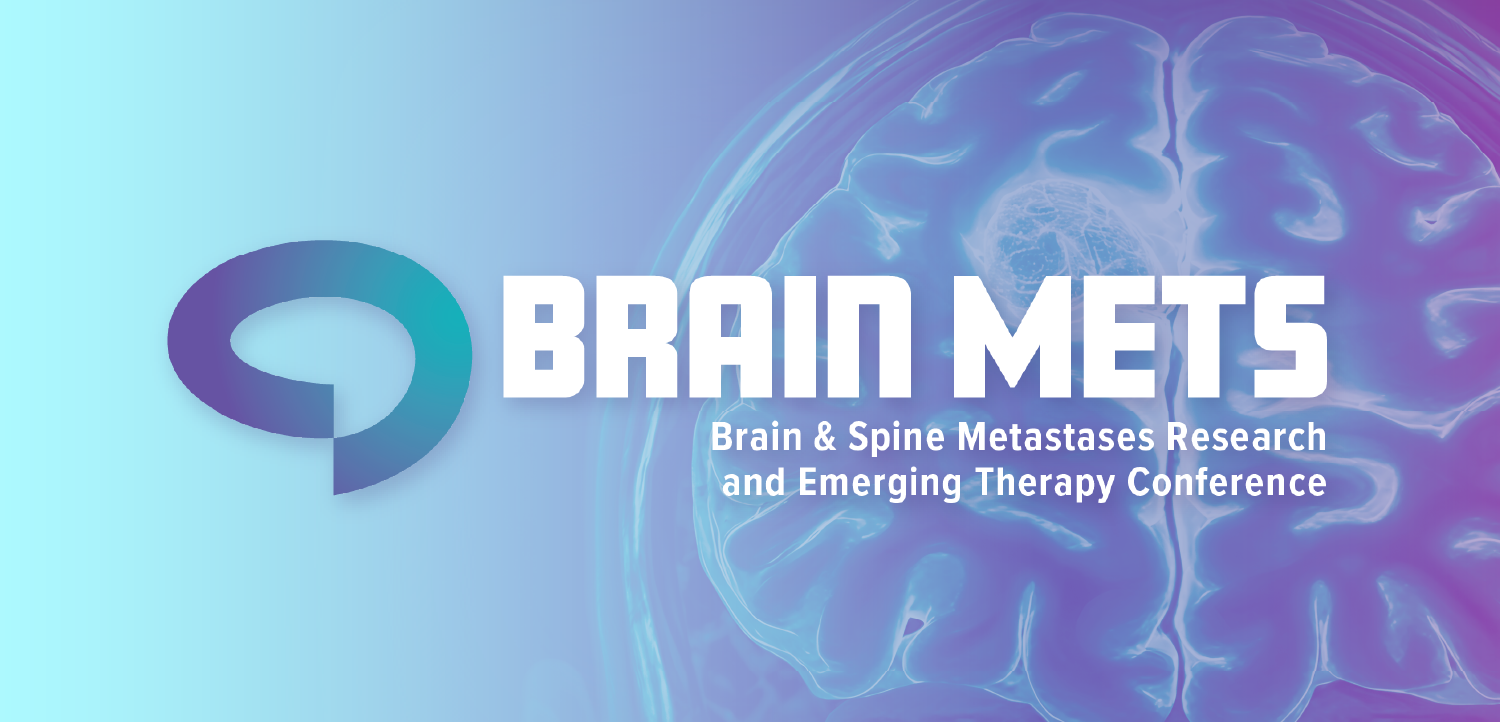
How PRM Will Help Caregivers
Technology creates a more accessible avenue for young caregivers.
The face of healthcare is changing. Baby Boomers, the second largest generation in the U.S., are aging into Medicare and potentially putting a strain on healthcare resources. However, that isn’t the only challenge. They are also straining the resources of their children. Gen X and, increasingly, millennials, are taking on roles as caregivers for their Boomer parents, along with caring for their own children. It’s no surprise that Gen Xers are now just as likely to be called the sandwich generation — stuck between caring for aging parents and young children.
Today, 54 million Americans are living in multigenerational households,
How can healthcare providers support these caregivers and make things a bit easier on them? Using the tools available in a patient relationship management (PRM) system is a good place to start. Most Gen Xers and millennials prefer digital tools to help manage their healthcare.
Another good example is scheduling. Scheduling and registering for appointments is very time consuming. The typical visit to a doctor consumes 121 minutes of the patient’s time — 37 minutes in travel, 64 minutes waiting for care or filling out forms and only 20 minutes face to face with the physician,
- Online scheduling: Nearly 80% of patients think that being able to schedule, change or cancel an appointment online is important. It’s not only faster than calling, it also helps patients get in for appointments sooner. The average appointment scheduling call is eight minutes, while scheduling online can be done in a minute or two. The online schedule offers more options at a glance along with alternate providers, which can shorten the wait time to see a provider. Finally, it can be done at any time of the day or night, which is more convenient for those who are working and caring for multiple family members. Ideally, the scheduling solution would auto-populate the patient information for existing patients as well, saving even more time.
- Online forms: Filling out paperwork can also be very time consuming for patients and caregivers. Fifty-one percent of patients prefer a doctor who lets them fill out paperwork online. Again, when it’s offered electronically it means they can do it any time of the day at their convenience. It also improves data accuracy and reduces the chance of delays at check-in.
- Online bill pay: The complexity of medical billing is a common complaint from patients and collecting from patients is a top challenge for medical providers. Collection rates increase when providers communicate with patients about billing using their preferred channel. Nearly 70% of patients would prefer an electronic bill and payment option. It comes back to the same issue of convenience. Caregivers are busy and their time and resources are stretched — they need to be able to do things when they have the time.
- Text messaging: Text messaging has become ubiquitous. More than 70% of Americans have a smartphone and 97% use text messaging, the number one app used on smartphones. In addition, people are more responsive to texts. Nearly all people read text messages within 15 minutes. It is the way people want to communicate, and the younger they are, the more likely they are to want to text back and forth with their healthcare providers. Text messaging is faster than a phone call and can be done from anywhere, even when a phone call might not be appropriate, like at work or on the subway. It also provides caregivers with a quick and easy way to ask questions or confirm information since they are overwhelmed and may need to recheck an appointment, directions or information about appointment instructions like fasting.
Patient satisfaction is doubly important when you are dealing with a patient and a caregiver.
Jim Higgins is founder and CEO of
Get the best insights in digital health
Related


















































